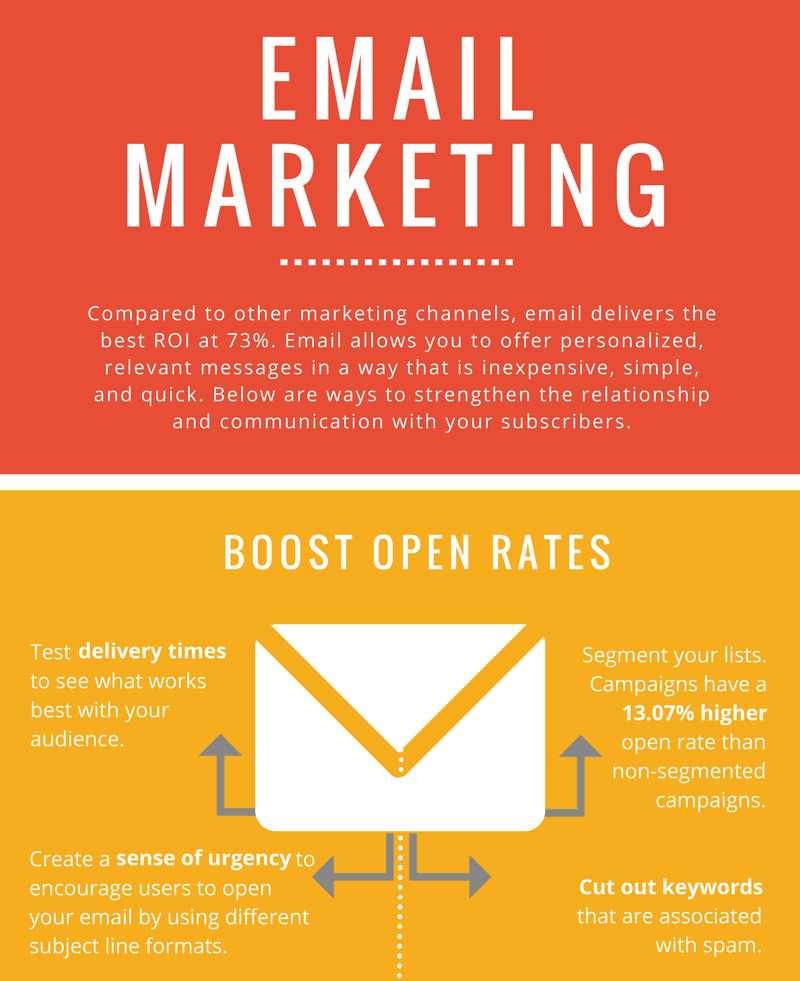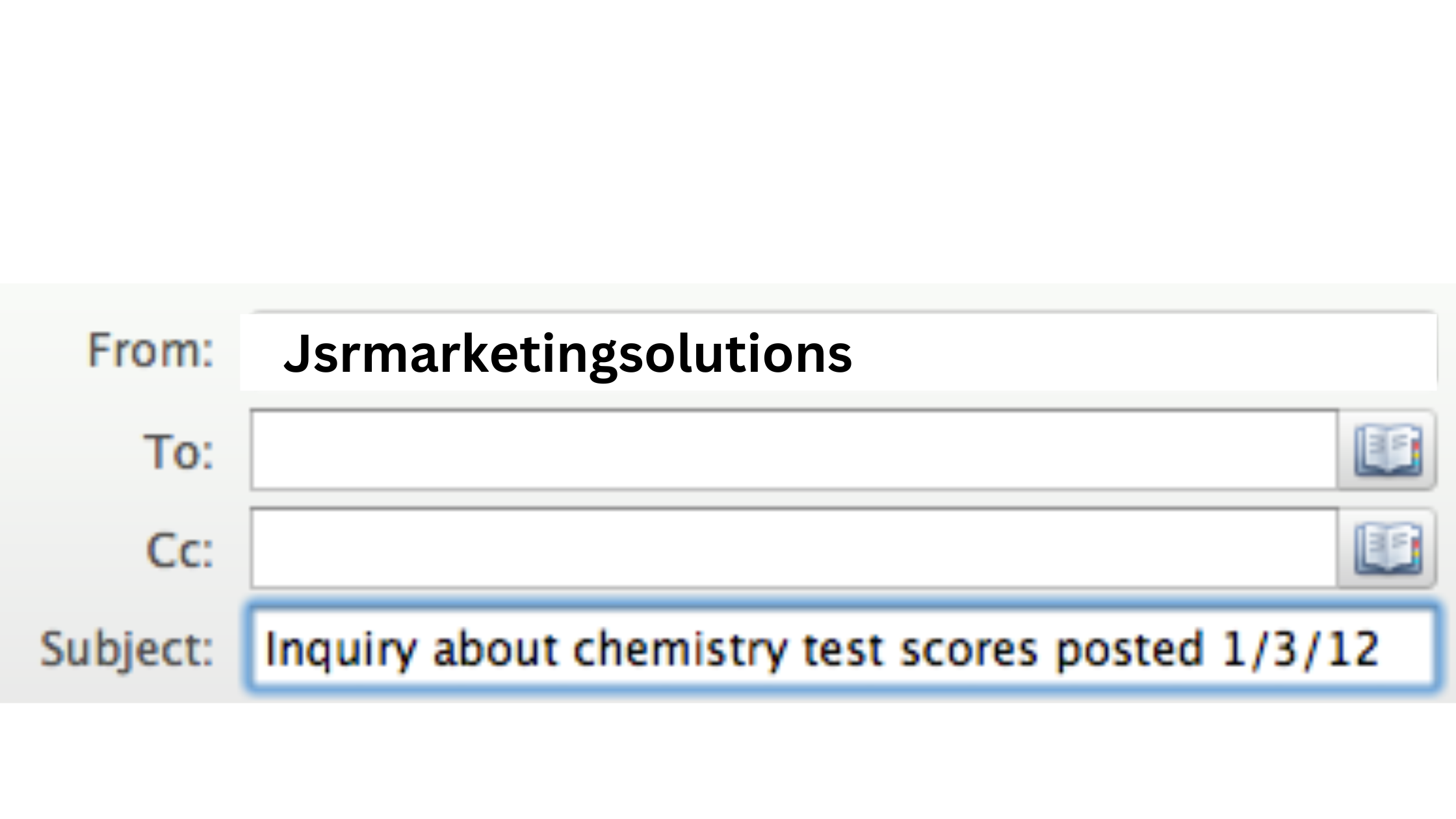5 Steps to Writing Better Emails
In today’s fast-paced digital world, email has become an indispensable means of communication. Whether for professional or personal purposes, crafting effective emails is essential to ensure your message is understood and gets the desired response. Are you tired of sending emails that go unanswered or fail to make an impact? Look no further! This guide will explore the five fundamental steps to help you how to send a proper email By mastering these steps, you can enhance your communication skills, improve your email writing abilities, and achieve better results in your personal and professional interactions. So, let’s dive in and discover how to write engaging, concise, and persuasive emails!
Most people assume that everyone can write emails. According to business etiquette, writing emails containing slang, poor grammar, and spelling errors is deemed unprofessional and won’t help your cause. Email contact with clients, coworkers, and other companies is a significant portion of our correspondence as a digital marketing agency in New York .
When emailing friends and relatives, there are a few guidelines for basic email etiquette. Even so, you can take a few easy measures to ensure your email is understandable and conveys your message as you intended. Here are some easy actions to enhance the message’s presence and your email writing.
Step 1: Define Your Purpose and Audience
Before writing an email, it’s crucial to define your purpose and identify your target audience. Ask yourself, “What do I want to achieve with this email?” Is it to provide information, ask for assistance, or persuade the recipient? Understanding your purpose will help you structure your email effectively. Additionally, consider the recipient’s perspective. Who are they? What is their level of familiarity with the subject matter? Tailoring your email to their needs and interests will increase the chances of a positive response.
Step 2: Plan and Organize Your Thoughts
A well-structured email is more likely to be read and understood. Start by outlining your main points or key messages. Think about the logical flow of information and the order in which you want to present your ideas. Use paragraphs and bullet points to break down complex information and make it easier to digest. A clear and organized structure will help your recipient follow your thoughts and respond appropriately.
Step 3: Craft a Compelling Subject Line
The subject line is your email’s first impression and determines whether it gets opened or ignored. Capture your recipient’s attention with a concise and compelling subject line that accurately reflects the content of your email. Avoid generic or vague subjects and instead provide a glimpse of what’s inside. Consider using action words, urgency, or personalization to make your subject line more enticing. A well-crafted subject line increases the likelihood of your email being read and acted upon.
Step 4: Write Concisely and Clearly
In today’s busy world, people tend to skim through emails rather than read them word for word. To grab and maintain your reader’s attention, keep your email concise and to the point. Avoid lengthy paragraphs and unnecessary jargon. Use clear and straightforward language that is easy to understand. Break down complex ideas into simple sentences and use bullet points or numbered lists for clarity. By being concise and clear, you increase the chances of your message being understood and remembered.
Step 5: Edit and Proofread
Never underestimate the power of editing and proofreading. Before hitting that send button, take the time to review your email carefully. Check for grammar and spelling errors, ensure your sentences flow smoothly, and verify that your message is coherent. Pay attention to the tone of your email, ensuring it is professional, friendly, or appropriate for the context. Reading your email aloud can help you catch any awkward phrasing or mistakes that may have slipped through. By presenting a polished email, you demonstrate professionalism and attention to detail.
In conclusion, by following these five steps, you can significantly improve your email writing skills. Defining your purpose and audience, planning your email’s structure, crafting a compelling subject line, writing concisely and clearly, and thoroughly editing and proofreading will help you create impactful emails that resonate with your recipients. Effective email communication is a valuable skill in both personal and professional contexts, and by honing your abilities, you can enhance your relationships, productivity, and overall communication effectiveness. So, start implementing these steps today and unlock the potential of your email communication!
Frequently Asked Question
Defining the purpose and audience of your email helps you tailor your message effectively. By understanding your goal, whether it’s providing information or requesting assistance, you can structure your email accordingly. Identifying your target audience allows you to use language and tone that resonate with them, increasing the chances of a positive response.
Planning and organizing your thoughts ensure that your email has a logical flow and is easy to follow. By outlining your main points and structuring your email effectively, you help your recipient understand and respond to your message. It also allows you to break down complex information into digestible sections, making it easier for the reader to comprehend.
A compelling subject line captures the recipient’s attention and entices them to open your email. To achieve this, make sure your subject line is concise, relevant to the content, and piques curiosity. Using action words, personalization, or creating a sense of urgency can also make your subject line more compelling. Remember, the subject line is your email’s first impression, so make it count!
Writing concisely and clearly is essential because people tend to skim through emails rather than reading them thoroughly. By keeping your emails concise and to the point, you increase the chances of your message being understood and remembered. Clear language and straightforward sentences help prevent misinterpretation and ensure that your ideas are effectively communicated.
Editing and proofreading are crucial steps to ensure your emails are error-free and professional. By reviewing your email for grammar, spelling, and formatting mistakes, you present yourself as detail-oriented and reliable. Editing also allows you to refine your message, ensuring it is coherent, concise, and aligned with your intentions. Proofreading helps catch any overlooked errors and improves the overall quality of your email.






